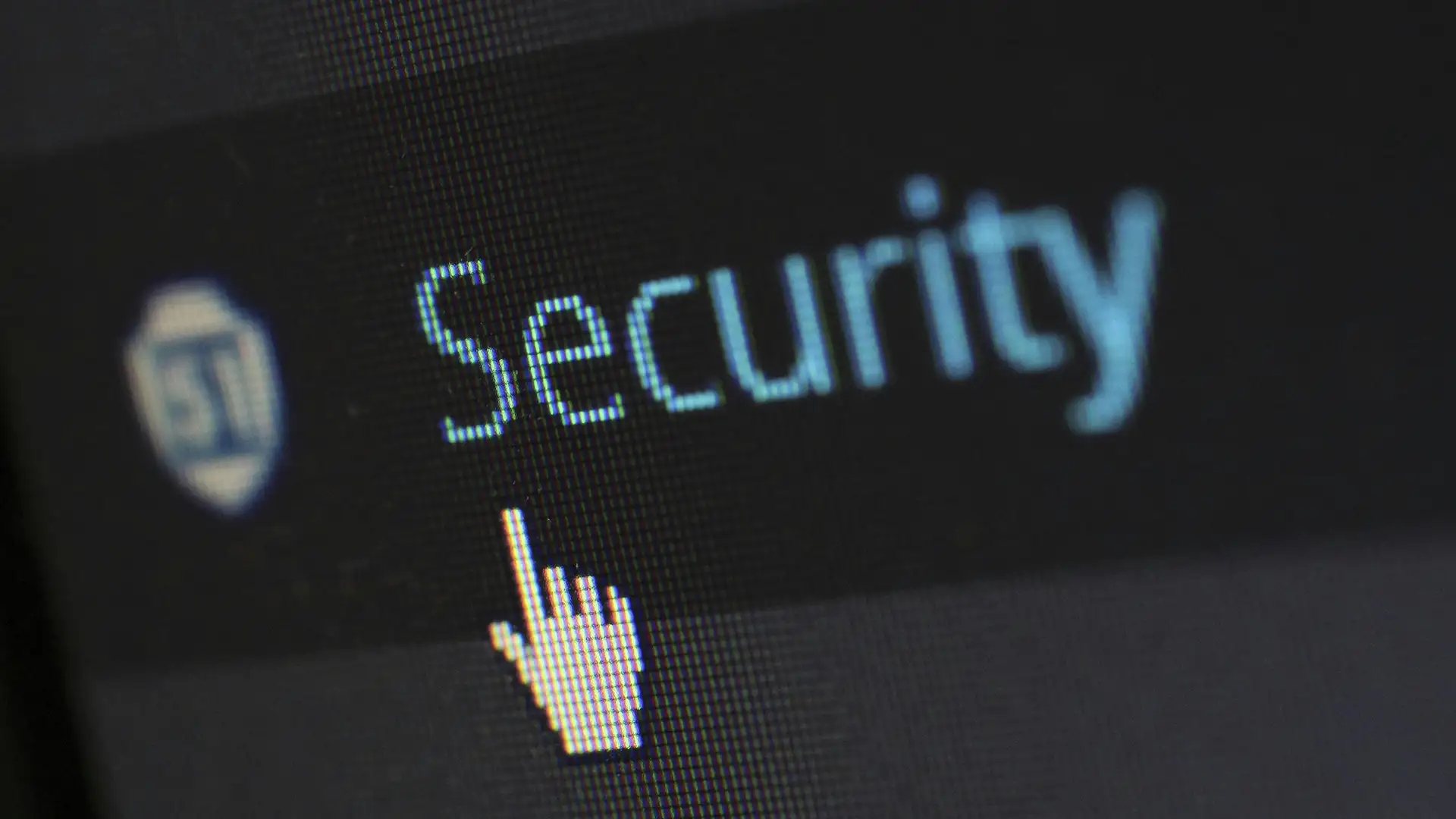
Newsletter Subscribe
Enter your email address below and subscribe to our newsletter

Enter your email address below and subscribe to our newsletter

As cyber threats increase, educational institutions must adopt proactive measures to secure digital infrastructures and protect user privacy.
The rise of cyberattacks has significantly reshaped the landscape of higher education. Universities and colleges, once regarded as bastions of knowledge and innovation, are increasingly vulnerable to cyber threats.
These institutions hold vast amounts of sensitive data, including student records, financial information, and research data, making them attractive targets for cybercriminals.
Ransomware has emerged as one of the most prevalent cyber threats facing educational institutions. In this type of attack, hackers infiltrate a university’s systems, encrypt important data, and demand payment for decryption keys.
Such incidents can paralyze operations, preventing staff and students from accessing important resources. The increasing frequency of these attacks highlights the urgent need for robust cybersecurity measures.
According to a report from the Cybersecurity and Infrastructure Security Agency, 80% of educational institutions have experienced a ransomware attack in the last three years. The fallout from these breaches extends into numerous operational areas, including administration, academic integrity, and financial management.
A successful attack disrupts day-to-day activities and can lead to the loss of irreplaceable data and intellectual property. Recovery from ransomware can be costly and time-consuming, requiring universities to factor in potential downtimes and associated expenses.
To mitigate these risks, institutions should prioritize investing in cybersecurity for universities and develop comprehensive response plans. Ongoing training and awareness programs for staff and students are crucial in preventing future incidents and strengthening the institution’s overall security posture.
Cyber attacks pose significant risks to student privacy within academia. Educational institutions collect and store a wealth of personal information about students, including social security numbers, financial aid details, and academic records.
A breach can lead to identity theft, which has far-reaching implications for affected students. The psychological distress caused by such violations further complicates the landscape for universities already struggling with students’ well-being amidst changing educational demands.
Protecting student privacy should be a paramount concern for educators as they strive to maintain trust within their communities. Laws and regulations, such as the Family Educational Rights and Privacy Act (FERPA), require schools to uphold strict privacy standards, and non-compliance can result in significant penalties. Beyond legal ramifications, the reputational damage resulting from compromised student data can deter prospective students.
The financial implications of cyber attacks can be catastrophic for colleges and universities. In many cases, the costs associated with recovery efforts far exceed the ransom demands made by hackers.
Factors to consider include technological repairs, legal fees, investigating data breaches, potential regulatory fines, and damage to reputation. Institutions may face declines in enrollment as fears about cybersecurity become prevalent among prospective students and their families.
According to a report by the Ponemon Institute, the average cost of a data breach for educational institutions is estimated at $3.86 million, which can strain already limited budgets. This financial pressure complicates efforts to address vulnerabilities, as funds may be diverted from critical areas such as academic programs and student support services.
A successful cyber attack can severely disrupt the continuity of education. During a cyber incident, students may find themselves stranded without access to learning materials, assignments, or academic support systems.
This interruption can extend to faculty members unable to communicate with students or access course-related data. For many students and educators, especially those engaged in remote or hybrid learning, this has dire consequences on the completion of curricula.
As such disruptions become routine, they can lead to chronic academic underperformance and dissatisfaction among students. Higher education institutions must develop contingency plans encompassing remote access solutions to ensure minimal interruption of services during a breach.
The necessity of bolstering institutional cybersecurity protocols is clear in the wake of increasing cyber threats. Comprehensive training for faculty, staff, and students on cybersecurity awareness can significantly decrease vulnerability to attacks.
Regular assessments of network security systems and the implementation of advanced technologies such as artificial intelligence can enhance protective measures.
Collaborations with cybersecurity experts enable institutions to stay abreast of emerging threats and continuously evolve their tactics. Cybersecurity policies should be transparent to assure stakeholders of their commitment to safeguarding sensitive data.
An emphasis on continuous improvement and adaptability in cybersecurity measures fosters resilience against what can often feel like overwhelming challenges.
Campuses must recognize that combating cyber threats is not an isolated effort.
Collaboration among departments, faculty, and students is imperative for creating a united front against cyber risks. Establishing cybersecurity committees to oversee and address vulnerabilities fosters shared responsibility among various stakeholders in the institution.
Partnerships with local and national cybersecurity organizations can enhance access to resources, training, and intelligence about prevalent threats.
Unity in these efforts strengthens a culture of security that permeates the college environment. Sharing experiences and knowledge across institutions can help create best practices tailored to the unique challenges faced by the higher education sector.

The impact of cyber attacks on higher education operations is profound. Institutions face challenges that test their resilience and adaptability in safeguarding important educational missions.
By recognizing both the immediate and long-term effects of these cyber threats, universities can proactively strengthen their positions, protect their students, and ensure quality education is upheld.